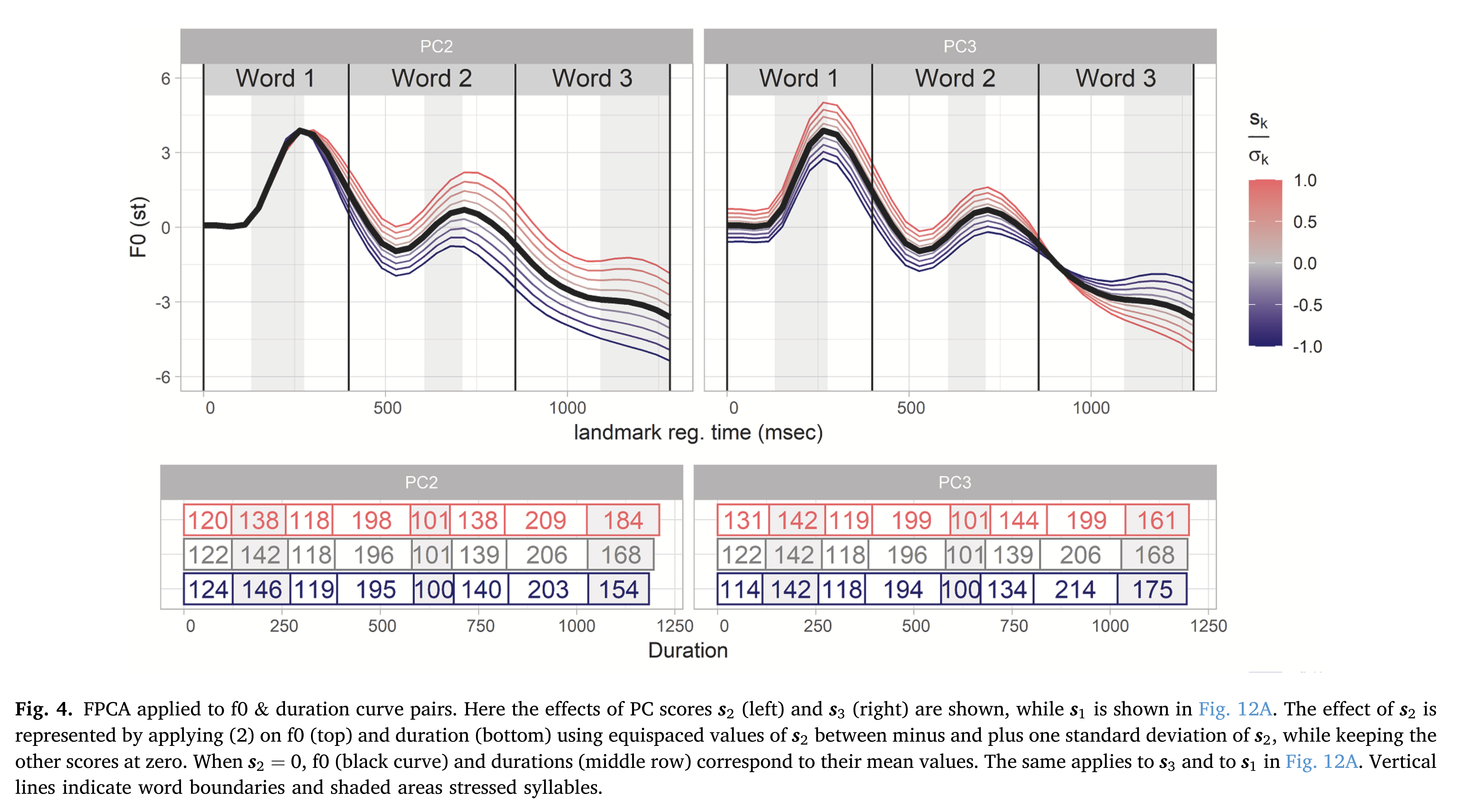
Welcome!
In 2000, the Signal Processing and Speech Communication Laboratory (SPSC Lab) of Graz University of Technology (TU Graz) was founded as a research and education center in nonlinear signal processing and computational intelligence, algorithm engineering, as well as circuits & systems modeling and design. It covers applications in wireless communications, speech/audio communication, and telecommunications.
If you want to learn more about Signal Processing, click: What is Signal Processing?
The Research of SPSC Lab addresses fundamental and applied research problems in five scientific areas:
Result of the Month
The prosody of theme, rheme and focus in Egyptian Arabic: A quantitative investigation of tunes, configurations and speaker variability [link]

This paper investigates the prosody of sentences elicited in three Information Structure (IS) conditions: all-new, theme-rheme and rhematic focus-background. The sentences were produced by 18 speakers of Egyptian Arabic (EA). This is the first quantitative study to provide a comprehensive analysis of holistic f0 contours (by means of GAMM) and configurations of f0, duration and intensity (by means of FPCA) associated with the three IS conditions, both across and within speakers. A significant difference between focus-background and the other information structure conditions was found, but also strong inter-speaker variation in terms of strategies and the degree to which these strategies were applied. The results suggest that post-focus register lowering and the duration of the stressed syllables of the focused and the utterance-final word are more consistent cues to focus than a higher peak of the focus accent. In addition, some independence of duration and intensity from f0 could be identified. These results thus support the assumption that, when focus is marked prosodically in EA, it is marked by prominence. Nevertheless, the fact that a considerable number of EA speakers did not apply prosodic marking and the fact that prosodic focus marking was gradient rather than categorical suggest that EA does not have a fully conventionalized prosodic focus construction.
This paper may be interesting for those working on Egyptian Arabic, for those investigating prosodic configurations of information structural categories, and from a methodological point of view also for those performing statistical analyses of prosodic configurations (by means of GAMM & FPCA).
The paper was published in Speech Communication. If you are interested have a look here.
Contact: Anneliese Kelterer, Barbara SchupplerLatest News
04 Jun 2024 Menschliche Gespräche mit einem Roboterkopf
08 Sep 2023 Research and Teaching Associate in Signal Processing and Speech Communicartion (Two PhD position)
06 Oct 2022 Student Projects Information Event: 14.10., 15:00 (BSc SP; MSc Project and Master Theses)
22 Mar 2022 Two PhD Positions in Wireless Communications and Positioning
03 Mar 2022 Press release on AI based denoising filters
03 Mar 2022 Christian Knoll received the Josef Krainer Award for his PhD Thesis
20 Apr 2021 Press release covering the H2020 project REINDEER has been published
01 Mar 2021 Course "Array Signal Processing" starting end of May 2021
01 Jan 2021 H2020 project REINDEER has been started
20 Nov 2020 Research Positions in Wireless Communications, Positioning, and Power Transfer
Check older news here.
